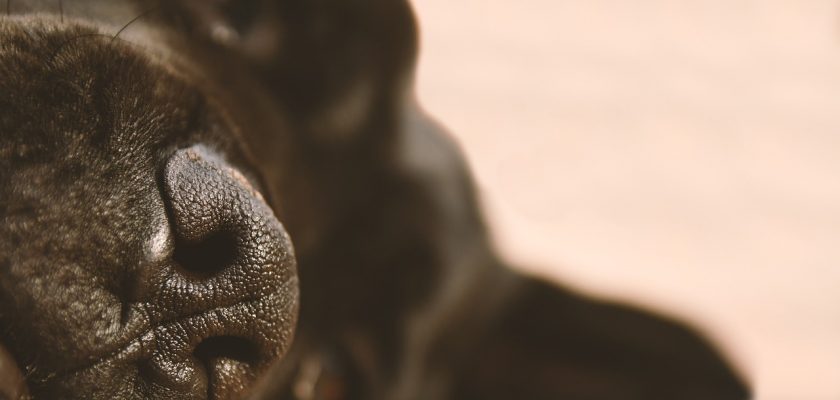Ancient Italian breed medium-large size Molossus Dog. Sturdy, with a strong skeleton. Muscular and athletic, it moves with considerable ease and elegance. It has always been a property watchdog and hunter of difficult game such as the wild boar.
Head
Molossus, large, its total length reaches approximately one third of the height at the withers. Planes of the skull and muzzle are slightly convergent; they are not parallel. The circumference of the head measured at the cheekbones is more than twice the total length of the head; skin is firm and smooth.Skull – Viewed from the front, skull is wide and slightly curved; width is equal to the length. From the side, a prominent arch begins above the eyes and then flattens backward toward the occiput. Viewed from the top, it has a square appearance due to the zygomatic arches and powerful muscles swathing it. Stop – Well-defined due to developed and bulging frontal sinuses and prominent arch above the eyes.
Neck, Topline, Body
Neck-Slightly arched, flowing smoothly into the shoulders with a small amount of dewlap. The length of the neck is approximately one third the height at the withers. Body – Depth of the ribcage is equal to half the total height of the dog, descending slightly below the elbow. Ribs are long and well sprung. Moderate tuck up. Chest – Broad, well-muscled, strong forefront. Back – Wide, strong, muscular. Highest part of shoulder blade slightly rising above the strong, level back. Loin – Well-muscled, and harmoniously joined to the back. Croup – Long, wide, slightly sloping. Rump should be quite round due to muscling.
Forequarters
Strong and muscular, well-proportioned to the size of the dog. Straight when viewed from the front or side; height of the limb at the elbow is equal to 50 percent of the height at the withers. Shoulders- Muscular, laid back. Upper arms – Strongly muscled, with good bone, powerful. Elbows – Held parallel to the ribcage, turning neither in nor out. Forelegs – Straight and with good bone, well muscled. Pasterns – Almost straight, strong but flexible. Feet – Round with well-arched toes (catlike). Lean, hard, dark pads and nails, except in the case of white toes. Front dewclaws – Can remain or be removed, if left intact should only be a single dewclaw on each leg.
Hindquarters
As a whole, they are powerful and strong, in harmony with the forequarters. Straight when viewed from the rear or front. Thighs – Long, wide, angulated and well-muscled. Stifle – Should be moderately angulated, strong. Legs – Strong bone and muscle structure. Hocks – Wide set, thick and clean, let down and parallel when viewed from behind. Rear pastern – straight and parallel. Rear dewclaws – Any rear dewclaws are removed. Hind feet – Slightly more oval-shaped and less-arched toes.
Coat
The coat is short, stiff, shiny, adherent and dense with a light undercoat that becomes thicker in cold weather.

